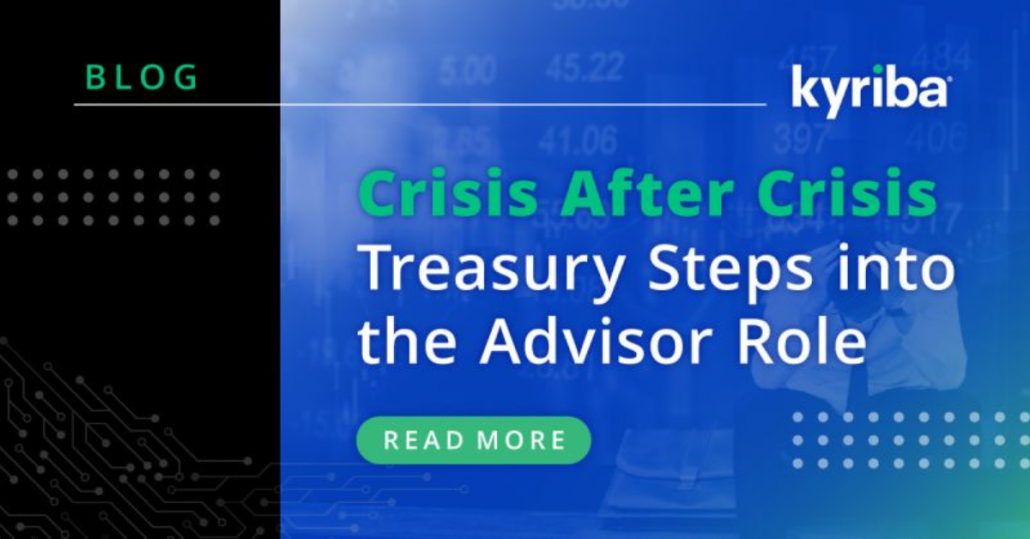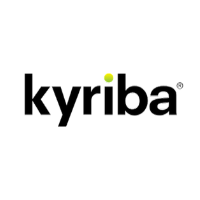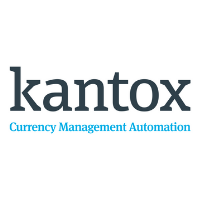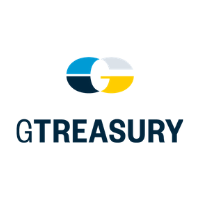24-10-2022 | treasuryXL | Kyriba | LinkedIn |
From the 2008 global financial crisis to the ongoing COVID-19 pandemic, treasury departments have served as strategic advisors regarding capital structure, liquidity and finance operations. Without the guidance and leadership of treasury management in these critical moments, many organizations would not have survived. But it begs the question—what can companies do on an ongoing basis to best position themselves for when the next crisis happens?
By Andrew Deichler
Content Manager, Strategic Marketing
Source

The Company Vaccine
Treasury is often viewed as a bit of a niche area. Even though virtually every company has some semblance of a treasury department and the function has been around for a long time, many departments outside of finance don’t really know what treasury does. That’s essential for understanding the value of the function.
But as Lee-Ann Perkins, CTP, FCT, assistant treasurer for Specialized Bicycle Components, explained, they suddenly have a wake-up call when a crisis occurs. “During COVID and the financial crisis, treasury became that department that had a chance to shine,” she said. “I think, myself and other treasury folks, used that opportunity to really raise the profile of the treasury department.”
In the case of the pandemic specifically, companies relied on treasury to immediately get them into a better liquidity position and procure PPP loans if needed. “Treasury was the department that ran with those projects,” Perkins said. “We have the relationships with the banks, and we understand the importance of covering liquidity and covering covenants.”
Much of what treasury does is forward-looking—constantly future-proofing the organization. And in crises like the pandemic or the current supply chain shortage where cash is paramount, the C-suite looks to treasury to make sure the company can withstand future shocks. “I think, along with the heads of accounting, finance and tax, treasury has become known as our own department that can provide useful answers to the C-suite,” Perkins said. “During COVID, I made this analogy that the treasury department should really be the ‘prevention’ department. We want to be the vaccine that’s out there to prevent you from needing the medicine in the first place.”
But for the vaccine analogy to really be accurate, shouldn’t treasury already have that voice as an advisor? There will always be another crisis around the corner, but if companies are already listening closely to what treasury has to say, they might be able to weather those events much more efficiently than if they were asking for treasury’s advice at the last minute.
Building Strategic Relationships
Perhaps the most important relationship a treasurer can have in an organization is with the CFO. The CFO is typically the one that represents finance (and treasury by extension) in meetings with the CEO and the board. But if a treasurer has a good relationship with the CFO, that CFO may bring the treasurer into those conversations, explained Jim Gilligan, former assistant treasurer for Evergy and currently senior vice president of MFR Securities. “If you have a CFO that recognizes the strategic value of treasury in those executive discussions, then that goes a long way towards becoming a strategic partner,” he said.
The treasurer’s personality and skill set are also important factors in this regard; treasurers shouldn’t just hope the CFO notices them. “If you have a personality that allows you to interject yourself in those sorts of strategic discussions, then that could help to get you a seat at table,” Gilligan added. “If you’re not that type of personality or your CFO does not necessarily recognize that specific skill set, then you’ve got to find a way to get yourself noticed.”
Getting noticed by the CFO and senior leadership isn’t easy. Treasury professionals can establish themselves by adding value in other areas of the business that they may not typically have much interaction with. For example, payment processing is handled through customer service at many companies. Customer service representatives may not be aware of some of the new payment rails and capabilities that have cropped up in recent years, like real-time payments. By getting involved and helping customer service adopt some of these new payment methods, treasury can show a lot of value, Gilligan explained.
Treasury can also better establish itself by developing relationships with the operational teams and inserting itself in the annual budget process, explained John Dourdis, CTP, a corporate treasurer most recently with Conair. “Say, ‘I want to be part of that.’ Because I think that gets a lot of attention with regard to CEOs and COOs,” he said. “That’s important to give yourself that visibility that treasury isn’t always going to have.”
Dourdis noted that, whatever the company’s business might be, treasury is not going be top of mind for operations. But operations and the C-suite might look to treasury sooner if it inserts itself in the budget process. And that can lead to treasury being involved in other areas, like the forecast update process.
Treasury would also be wise to get involved in 12-18-month strategic cash flow forecasting. CFOs have been prioritizing this area in recent years but have mostly relied on FP&A to do so, while leaving treasury to handle short-term forecasts. Treasury departments should reach out to FP&A to see how they can help in the process. With treasury’s overall proven track record of developing accurate forecasts, both FP&A and the CFO may welcome their input.
Treasury departments can also help companies with large debt burdens as interest rates begin to rise. With the era of inexpensive debt coming to a close, organizations could face strict enforcement of loan covenants. Treasury’s knowledge of covenant compliance and forecasting should help immensely in this regard; a bank may agree to amend a loan and add new covenants if financial projections are strong.
Strategy and Technology
Technology can play a key role in helping the treasury department establish itself further. With the latest treasury management software, team members can spend less time doing manual work and more time contributing strategically.
Easton Dickson, vice president and global treasurer for Bain & Co., believes that technology can improve the situation drastically. He has observed treasury teams spending copious amounts of time reacting to daily operations. And with a company as big as Bain that operates in over 40 countries, that means that any day of the week, treasury may have to resolve a mini-crisis in any part of the world, while maintaining its ongoing M&A activities, due diligence, etc.
“Operationally you’re bogged down,” he said. “And so, I think whatever we can do to streamline and automate processes will make it so much easier because it’s freeing up time.”
Those times of crisis typically shine a light on areas where companies need to sharpen their edges. “Maybe you’re underinvesting in technology and relying too heavily on manual processes,” explained Dana Laidhold, treasurer for Nasdaq. “You realize, now we need to move faster, and we’ve got tons and tons of people running manual processes that could be automated.”
But often in those chaotic moments, it can be too late to course correct. A treasury department that suddenly needs to provide liquidity positions to senior leadership on a weekly or even daily basis is going to be sufficiently challenged if they are relying solely on Excel. And at that point, there’s also no bandwidth to begin a treasury management system implementation project.
“I hope finance leaders have learned, having gone through the Great Recession and the pandemic, that it’s really important to think ahead,” Laidhold said. “It’s so much harder to backpedal than it is to build smartly along the way.”
It’s therefore incumbent on the treasury team to communicate to senior leadership what insights it needs to deliver and the right technology that can make that information more accessible and accurate. Treasury should vocalize the problems that it may need to solve in the future and whether it will need greater capabilities to do so.
Laidhold hypothesized that there might be a question that doesn’t need to be answered currently, but somewhere down the line it could become important. And there’s a type of analysis that treasury would need to do, but it doesn’t have the data or technology to do it yet. “So how do we plan today to be in the position to be able to do that? I think it’s myopic to assume that whatever situation you’re in now you’re going to be in forever,” she said.
Taking Action
The treasury department needs to be proactive if it wants to be seen as a strategic partner outside of times of crisis. That means adding value wherever possible, establishing strong relationships with senior leadership and other departments, and making the business case for technology that will improve its efficiency. Crises are happening more rapidly. Companies will be in much better shape for the next one if treasury is already at the table, providing necessary insights.
Learn More:
- AFP Treasury in Practice Guide: Treasury Opportunities in Strategic Cash Forecasting
- eBook: Perfecting the Cash Forecast








